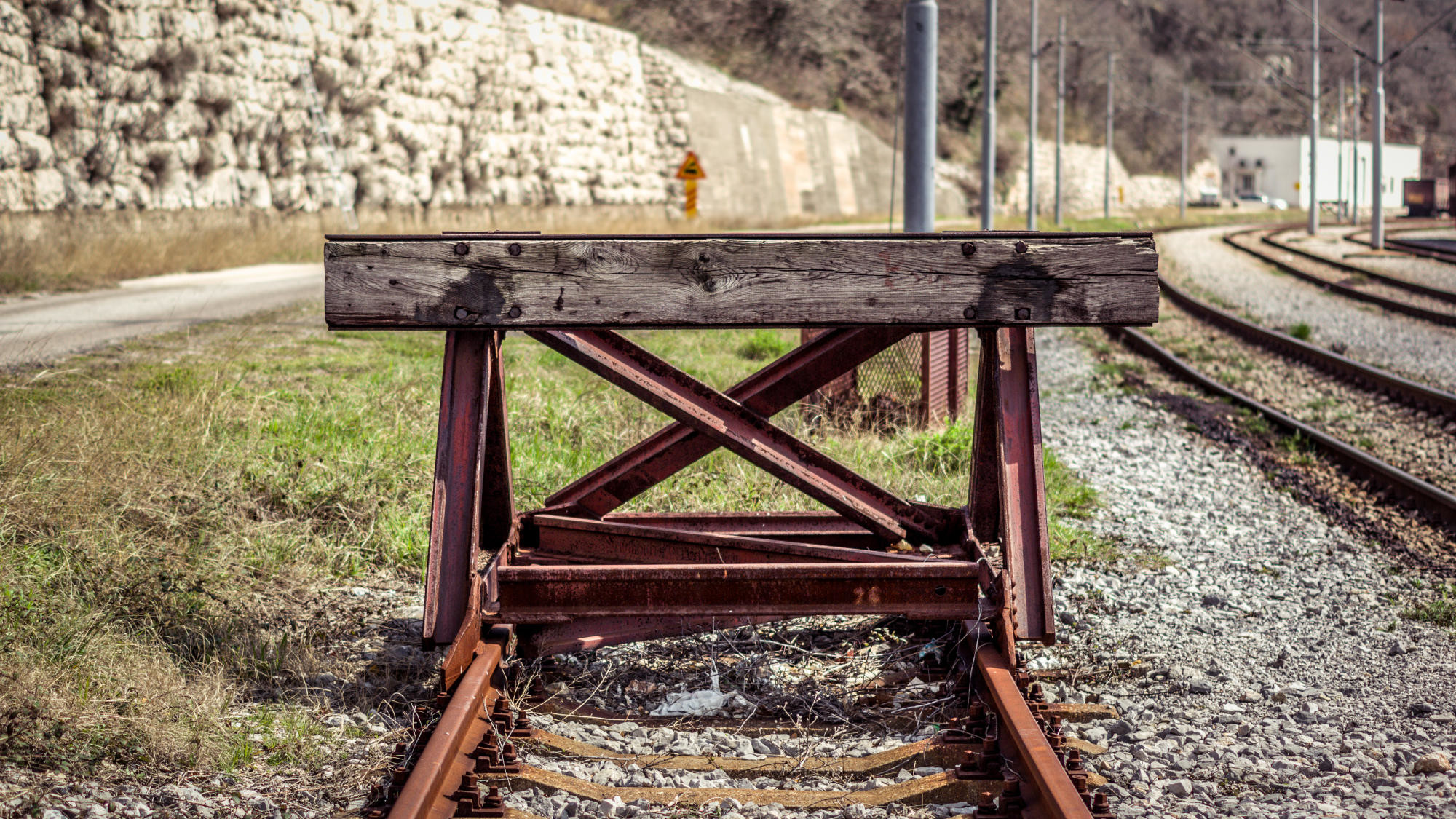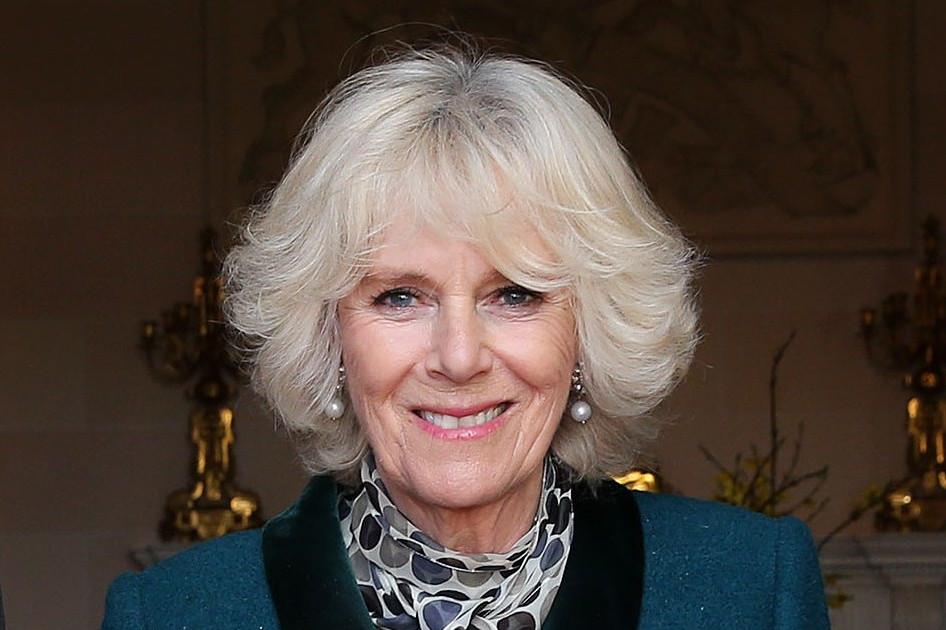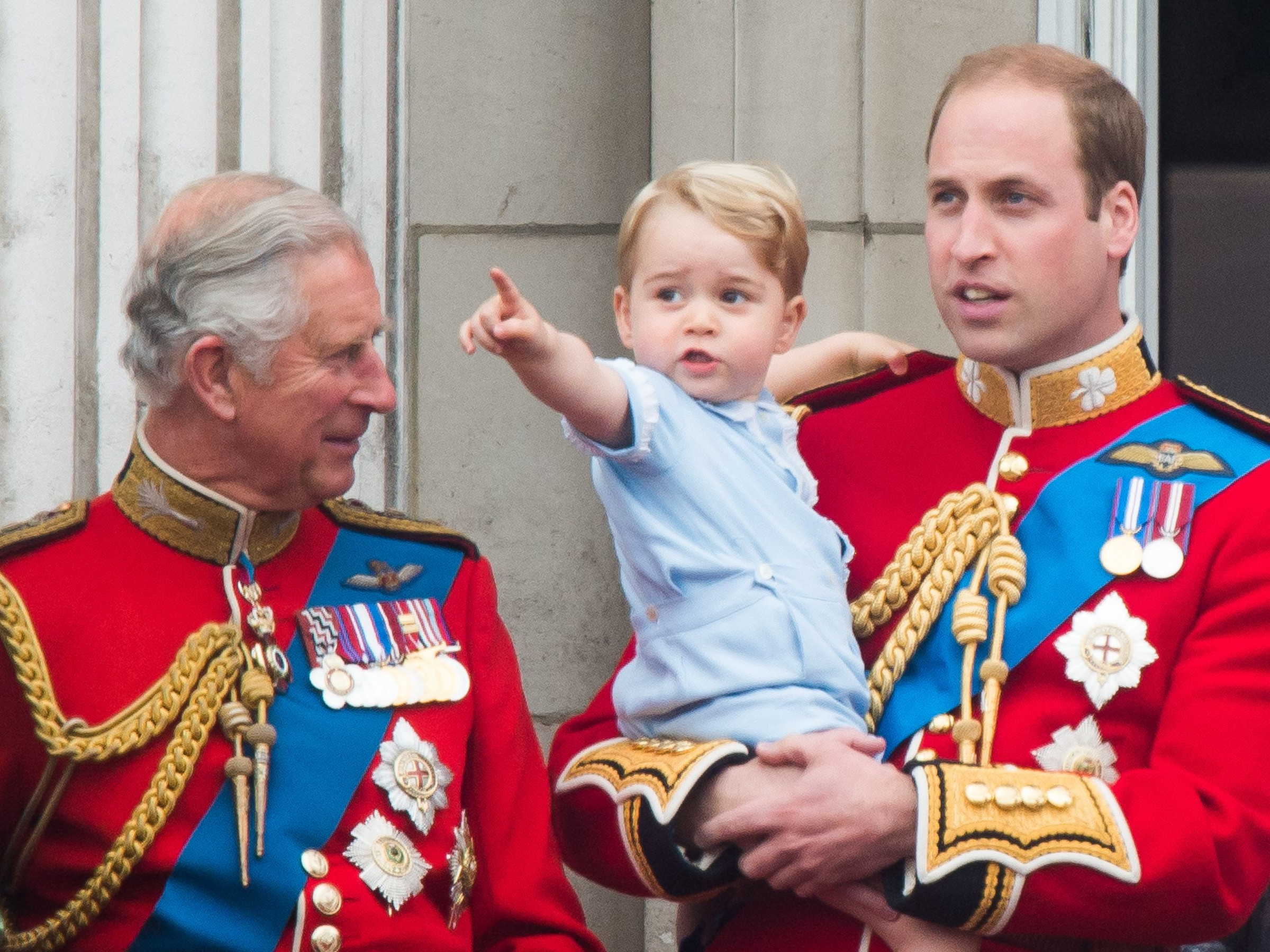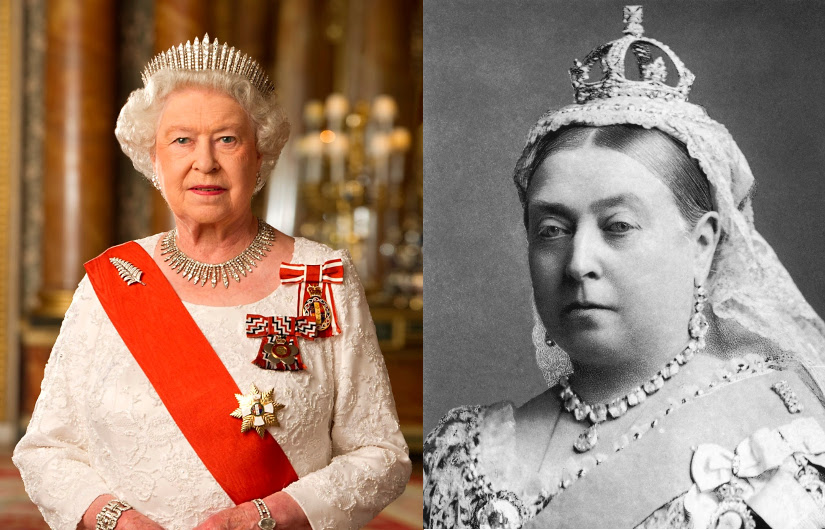When the Act of Settlement came into force in 1701, the line of succession was very short. William III was on the throne (ruling alone following the death of Mary II in 1694) and his successor was Mary’s sister Anne. Following Anne, the Act of Settlement named Sophia of Hanover as next in line, with her descendants following her. The complete line of succession looked like this:
- Princess Anne
- Sophia of Hanover
- Prince George (son of Sophia – later to become George I)
- Prince George (son George I – later to become George II)
- Sophia Dorothea of Hanover (daughter of George I)
- Maximillian (son of Sophia)
- Christian (son of Sophia)
- Ernest August (son of Sophia)
- Sophia, Duchess of Prussia (daughter of Sophia of Hanover)
- Frederick (son of Sophia, Duchess of Prussia)
I hope that’s clear, despite the family’s habit of reusing names.
So, at that time, the 13-year-old Prince Frederick was the last person in the line of succession.
Of course, over the next three hundred years, the number of people in the line of succession has grown massively. Currently, it seems that there are something around 6,000 people on the list (that’s all legitimate, non-Catholic descendants of Sophia of Hanover). Thanks to the work of American genealogist, William Addams Reitwiesner we have complete snapshots of the line of succession every twenty years from 1701 until 2001 (and following Reitwiesner’s death another list was added in 2011 by David Lewis). It might be interesting to look at those lists and see how large the line becomes over time.
By 1721, the list has expanded to fifteen people, but Frederick is still last on the list. He has married his cousin, Sophia Dorethea and (because she is higher up the list than him) their six children all follow her on the list rather than him. At the top of the list, Both Princess Anne and Sophia of Hanover have both died (Sophia died first by a matter of weeks, which is why Britain never had a Queen Sophia) and Sophia’s eldest son is now George I.
The list has more than doubled in size to 31 people by 1741. George I has died, George II is king and his eldest son, Frederick, is top of the list and Prince of Wales. Unfortunately, Frederick will die before his father and it’s his eldest son who will later be the next monarch as George III. At the bottom of the list, we still have the descendants of Sophia Dorethea and Frederick. They have ten children and nine grandchildren – and the last person on the list is their seventeen-year-old granddaughter, Anna Amalia.
In 1761, George III has become king and his heir is his eldest brother, Edward. His eventual successor, his son George IV, won’t be born until the following year. Anna Amalia is still the last person on the list. As the youngest female descendant of Sophia Dorethea and Frederick, she can only be displaced from that position by her children – and, as she has become an abbess, that seems unlikely.
In 1781, George III is still on the throne and his eldest son, who will become George IV, is first in the line of succession. Third in line, you can see Prince William who will become William IV and fourth in line is Prince Edward who will become the father of Queen Victoria. The line now contains 105 people and Anna Amalia is still hanging on in last place.
By 1801, not much has changed at the top of the list. George III is still king and the only real change is that Prince George (the future George IV) has a daughter called Charlotte who has pushed everyone else down a place. She will die in 1817, long before her father – which is why we’ve never had a Queen Charlotte. At the bottom of the list, we see that Anna Amalia died in 1787 and her place has been taken by Sophia Albertina, the youngest daughter of Anna Amalia’s older sister, Louisa Ulrika. Sophia Albertina is also an abbess. At this point, there are 141 names on the list.
In 1821, we see a few changes at the top of the list. George IV is now king but as his only daughter, Charlotte has died, his heirs are his younger brothers Frederick (who will die before George) and William (who will become William IV) and William’s daughter, Elizabeth. The next brother, Edward, has died, but his daughter, Victoria, is at number four on the list. At the end of the list, Sophia Albertina has no children, so she’s still at the end – at number 192.
By 1841, Victoria is on the throne. As she has only just married and has no children, her heir is her uncle, Ernest Augustus, King of Hanover. The last few kings of Britain had also been kings of Hanover but, as a woman, Victoria had not been allowed to inherit that throne. At the bottom of the list, Sophia Albertina has died, and her place at the end of the line has been taken by Augustus who is now the least significant descendant of Sophia Dorethea and Frederick. He is 270th in the list.
Over the next twenty years, to 1861, Victoria has nine children and the eldest of them, also called Victoria, has given her two grandchildren. So the first eleven places on the list are taken up by the queen’s descendants. The first person on the list is Prince Albert who will later reign as Edward VII. Augustus died in 1853, so his place at the end of the list (at number 391) has been taken by his cousin, Anna Pavlovna, who was Dowager Queen of the Netherlands. Anna did have children, but they were all entitled to a higher place in the line of succession through their father, William II of the Netherlands.
Victoria is still queen in 1881. Most of her children have given her grandchildren and her descendants now take up the first 33 places on the list. First on the list is still Prince Albert (Edward VII), second is Albert’s son, Prince Albert Victor (who will predecease his father) and third is Albert’s second son, Prince George, who will become George V. Anna Pavlovna died in 1865 and her place at the end of the list has been taken by her cousin, Peter of Oldenburg. There are 571 people on the list.
Victoria will die in 1901, but at the start of the year (when the lists are compiled) she is still queen. There are now 74 of her descendants taking up the first places on the list. In fact, the first four places are taken up by future kings – Prince Albert (Edward VII), his son Prince George (George V) and George’s two eldest sons, Prince Edward (Edward VIII) and Prince Albert (George VI). Peter of Oldenburg died in 1881 (just months after the previous list was compiled) and his place has been taken by his cousin, Prince Moritz of Saxe-Altenburg. As we’ve seen a couple of times before, Moritz had children but as he was married to Princess Augusta of Saxe-Meiningen who was also on the list, but higher up (at 490 at this point in time), the children followed her in the list rather than him.
As the nineteenth century gives way to the twentieth, and Victoria’s reign draws to a close, this seems like a good time to end this article. Next time we’ll bring the story up to date by discussing the twentieth century and the beginning of the twenty-first.







